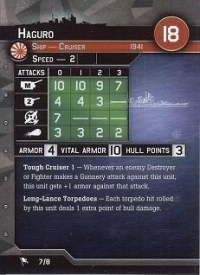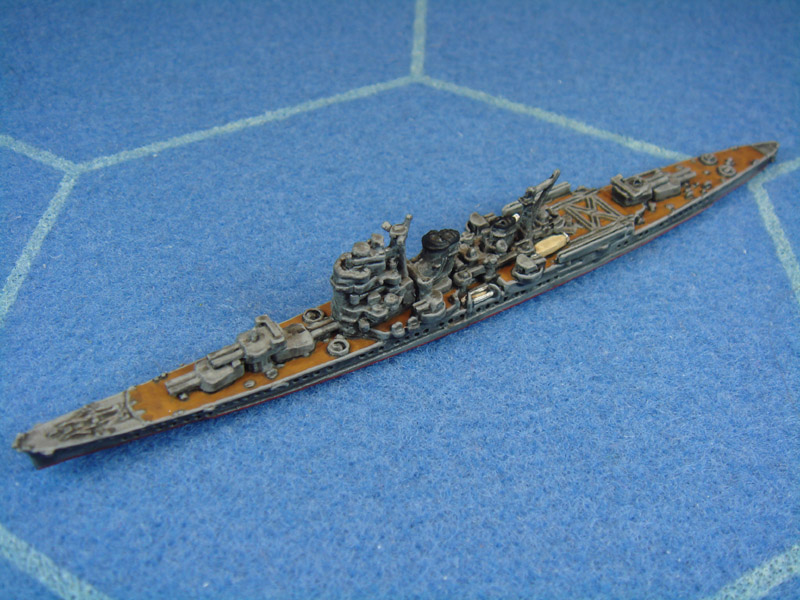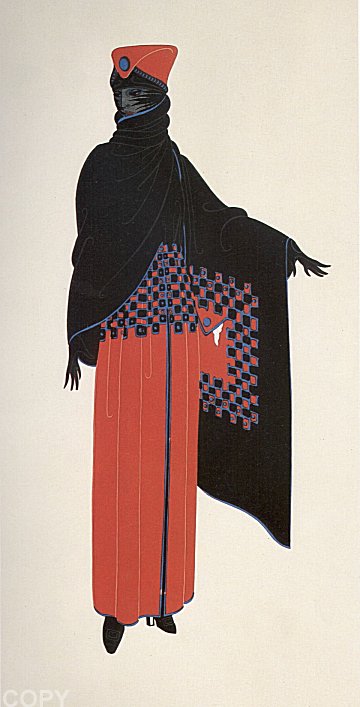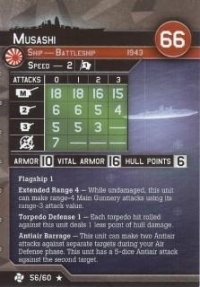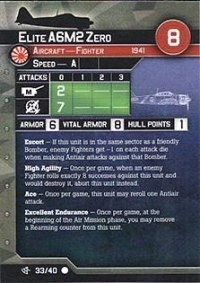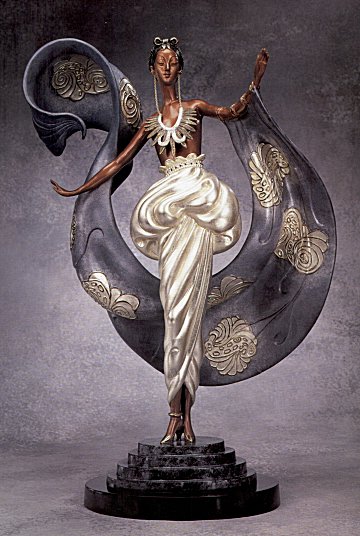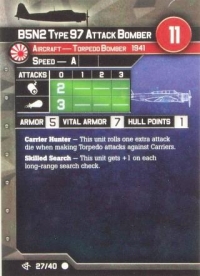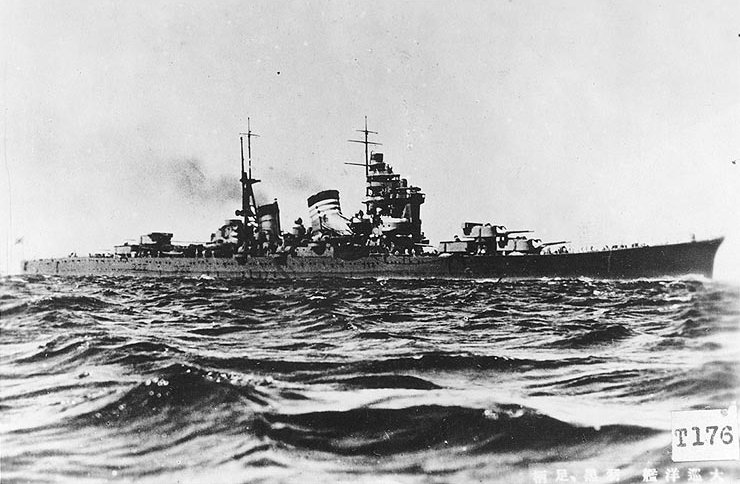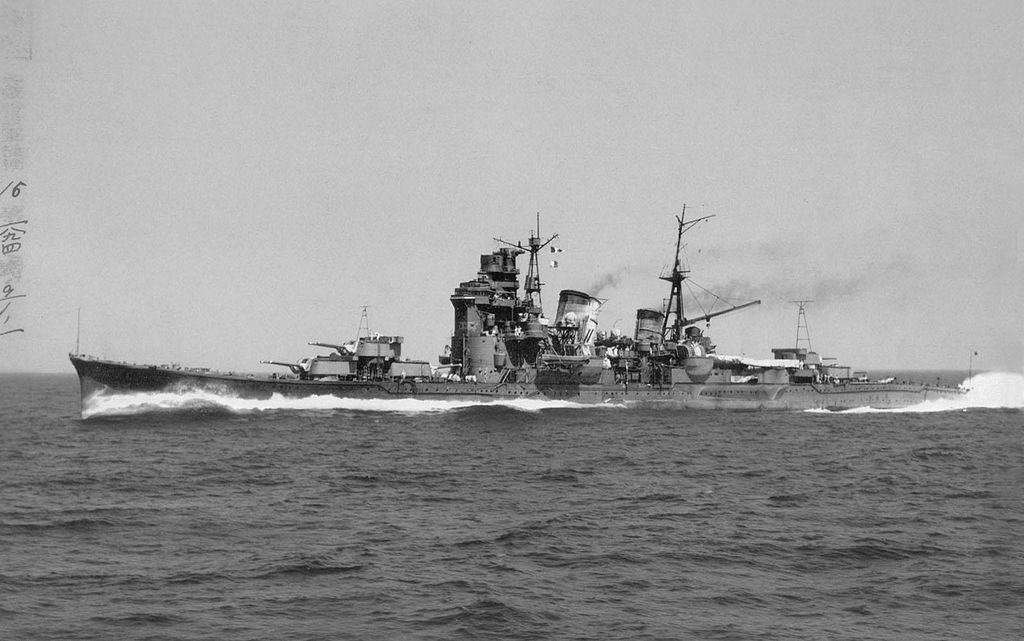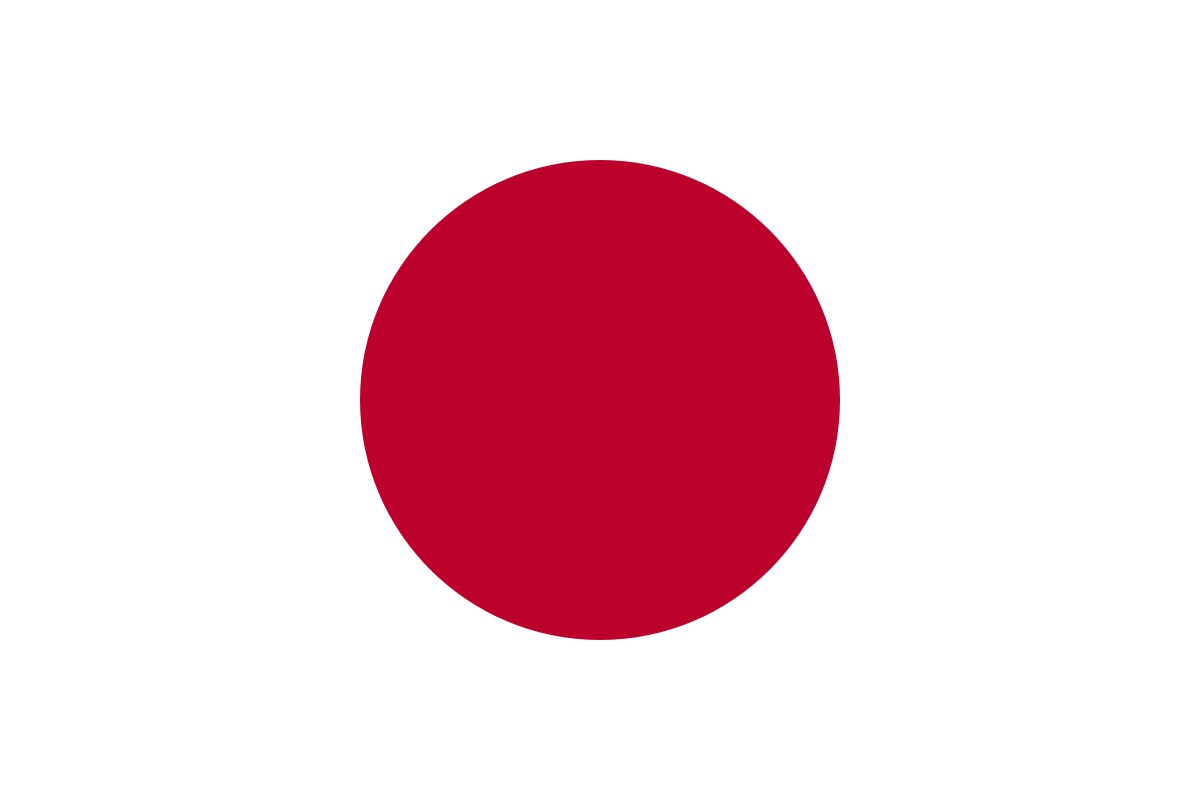Prototype: Haguro (羽黒) was a Myōkō-class heavy cruiser of the Imperial Japanese Navy, named after Mount Haguro in Yamagata Prefecture. Commissioned in 1929, Haguro saw significant service during World War II, participating in nine naval engagements. She was sunk in 1945 during a fight with Royal Navy destroyers, one of the last major Japanese warships to be sunk in open waters during World War II.
Class History: The four Myoko-class cruisers were built for the Imperial Japanese Navy in the late 1920s. Three were lost during World War II. The class consisted of Myoko, Nachi, Haguro and Ashigara.
The ships of this class displaced 11,633 tons (standard), were 201 m (661 ft) long, and were capable of 36 knots (67 km/h). They carried two aircraft and their main armament was ten 20-centimetre (7.9 in) guns in five twin turrets. At the time, this was the heaviest armament of any cruiser class in the world. They were also the first cruisers the Japanese Navy constructed that exceeded the (10,000 ton) limit set by the Washington Naval Treaty.
Country: Japan is an island nation in the Pacific Ocean with dense cities, imperial palaces, mountainous national parks and thousands of shrines and temples. Shinkansen bullet trains connect the main islands of Kyushu (with Okinawa's subtropical beaches), Honshu (home to Tokyo and Hiroshima’s atomic-bomb memorial) and Hokkaido (famous for skiing). Tokyo, the capital, is known for skyscrapers, shopping and pop culture.
Although legend has it that Japan was founded in 660BC, archaeologists agree that settlement in the Japanese archpelago dates back as far as 100,000 years. The Jomon Period (8000-c.300BC) is the earliest that has been studied. It is named after the 'jomon' or cord-marked pattern style of pottery of the period.
Although legend has it that Japan was founded in 660BC, archaeologists agree that settlement in the Japanese archpelago dates back as far as 100,000 years. The Jomon Period (8000-c.300BC) is the earliest that has been studied. It is named after the 'jomon' or cord-marked pattern style of pottery of the period.
Item created by: Lethe on 2015-05-31 17:46:30. Last edited by gdm on 2019-04-17 17:49:27
If you see errors or missing data in this entry, please feel free to log in and edit it. Anyone with a Gmail account can log in instantly.
If you see errors or missing data in this entry, please feel free to log in and edit it. Anyone with a Gmail account can log in instantly.


